Project Portfolio Management: Strategies, Models, and Governance
VerifiedAdded on 2022/10/16
|23
|1357
|392
Report
AI Summary
This report provides a comprehensive overview of Project Portfolio Management (PPM). It explores the definition and importance of PPM, emphasizing its role in resource allocation, project prioritization, and risk management. The report details how change managers can implement PPM effectively. It further examines governance components within PPM and their significance. The Kubler-Ross Change Curve, Kotter's 8-step model, and McKinsey 7S model are analyzed for their relevance in business and change management. The report includes references to academic sources and a video link on change management, offering a well-rounded perspective on PPM and its practical applications.
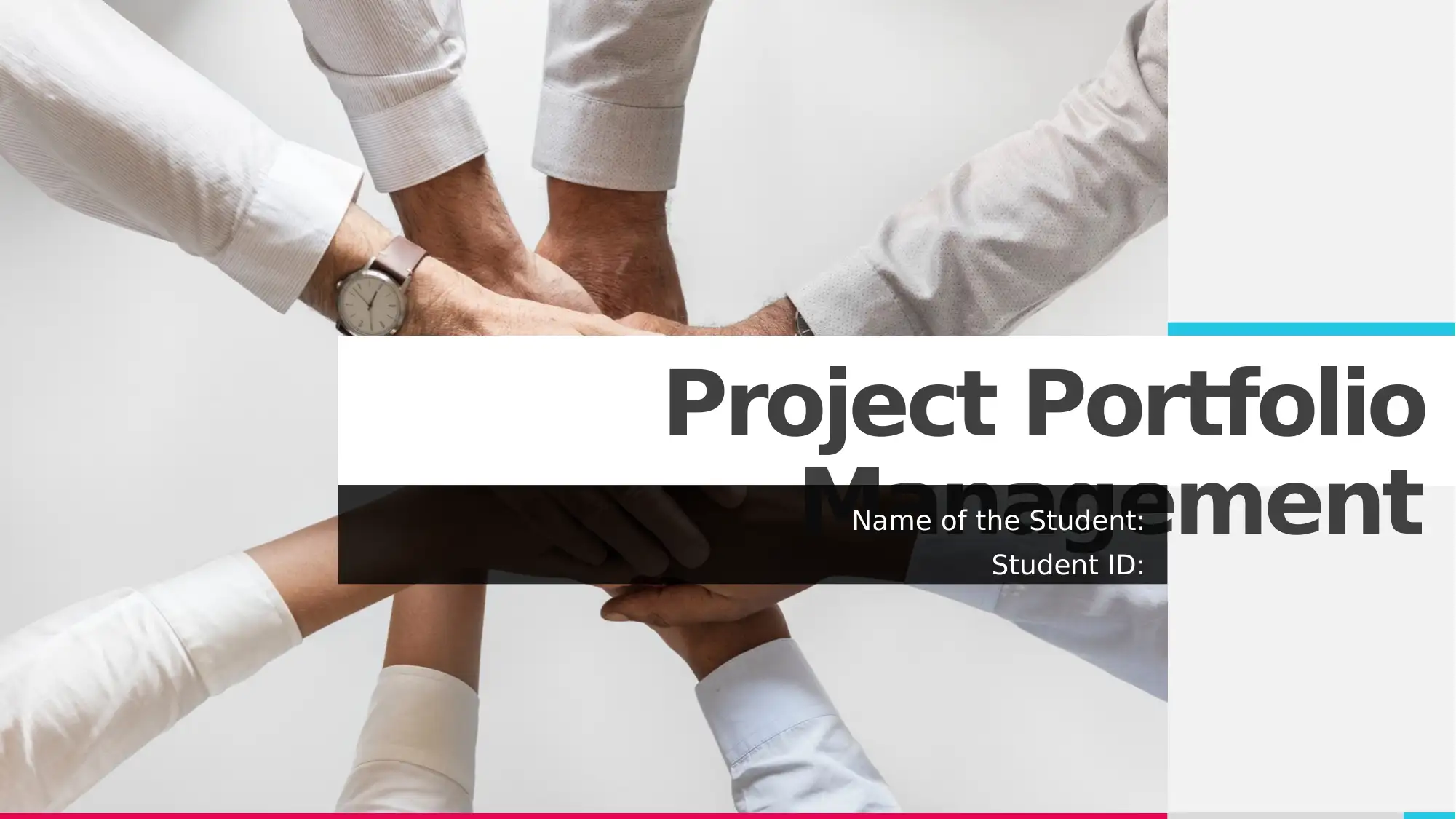
Project Portfolio
ManagementName of the Student:
Student ID:
ManagementName of the Student:
Student ID:
Paraphrase This Document
Need a fresh take? Get an instant paraphrase of this document with our AI Paraphraser
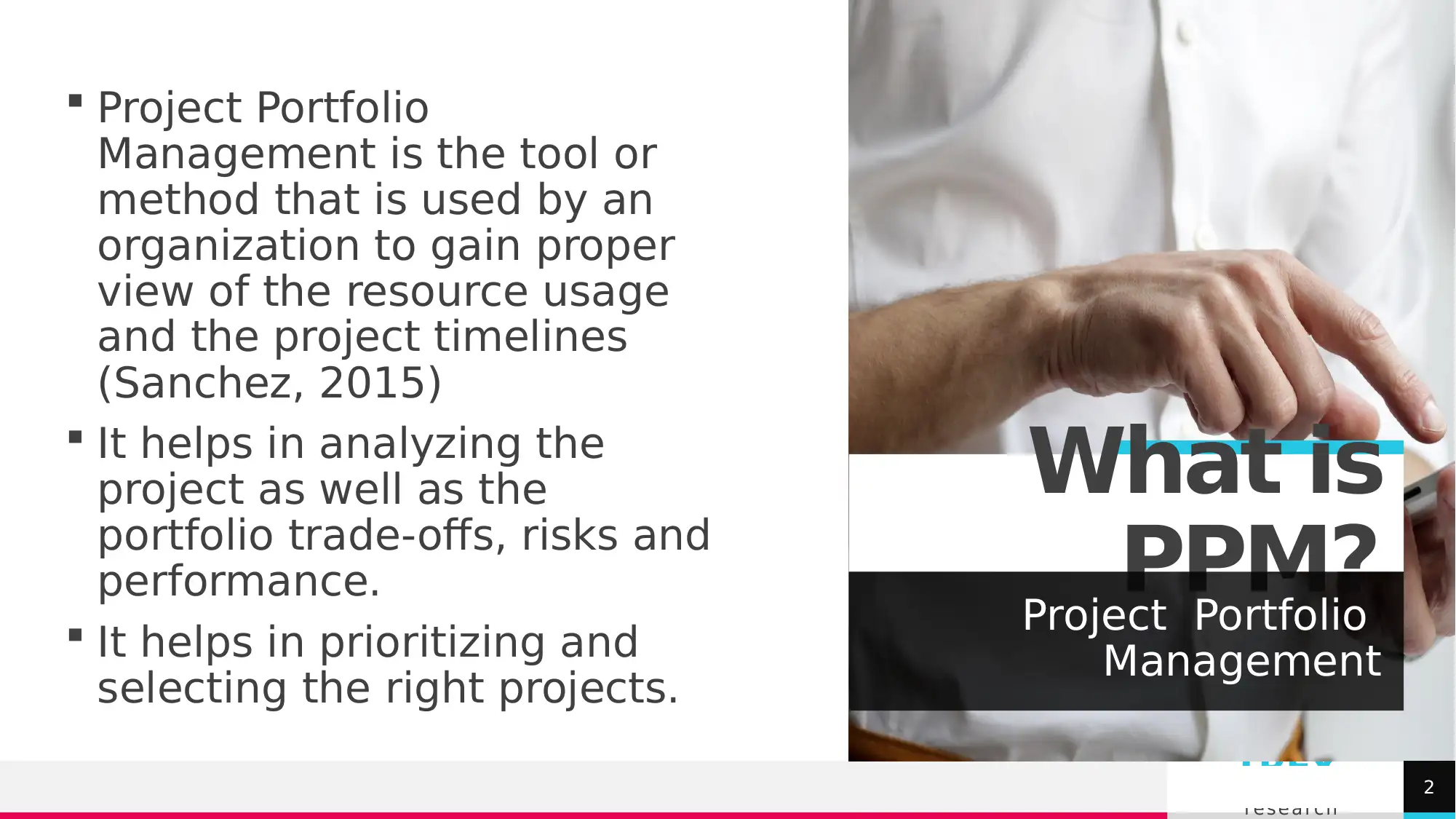
TREY
re s e a rc h
What is
PPM?Project Portfolio
Management
2
Project Portfolio
Management is the tool or
method that is used by an
organization to gain proper
view of the resource usage
and the project timelines
(Sanchez, 2015)
It helps in analyzing the
project as well as the
portfolio trade-offs, risks and
performance.
It helps in prioritizing and
selecting the right projects.
re s e a rc h
What is
PPM?Project Portfolio
Management
2
Project Portfolio
Management is the tool or
method that is used by an
organization to gain proper
view of the resource usage
and the project timelines
(Sanchez, 2015)
It helps in analyzing the
project as well as the
portfolio trade-offs, risks and
performance.
It helps in prioritizing and
selecting the right projects.
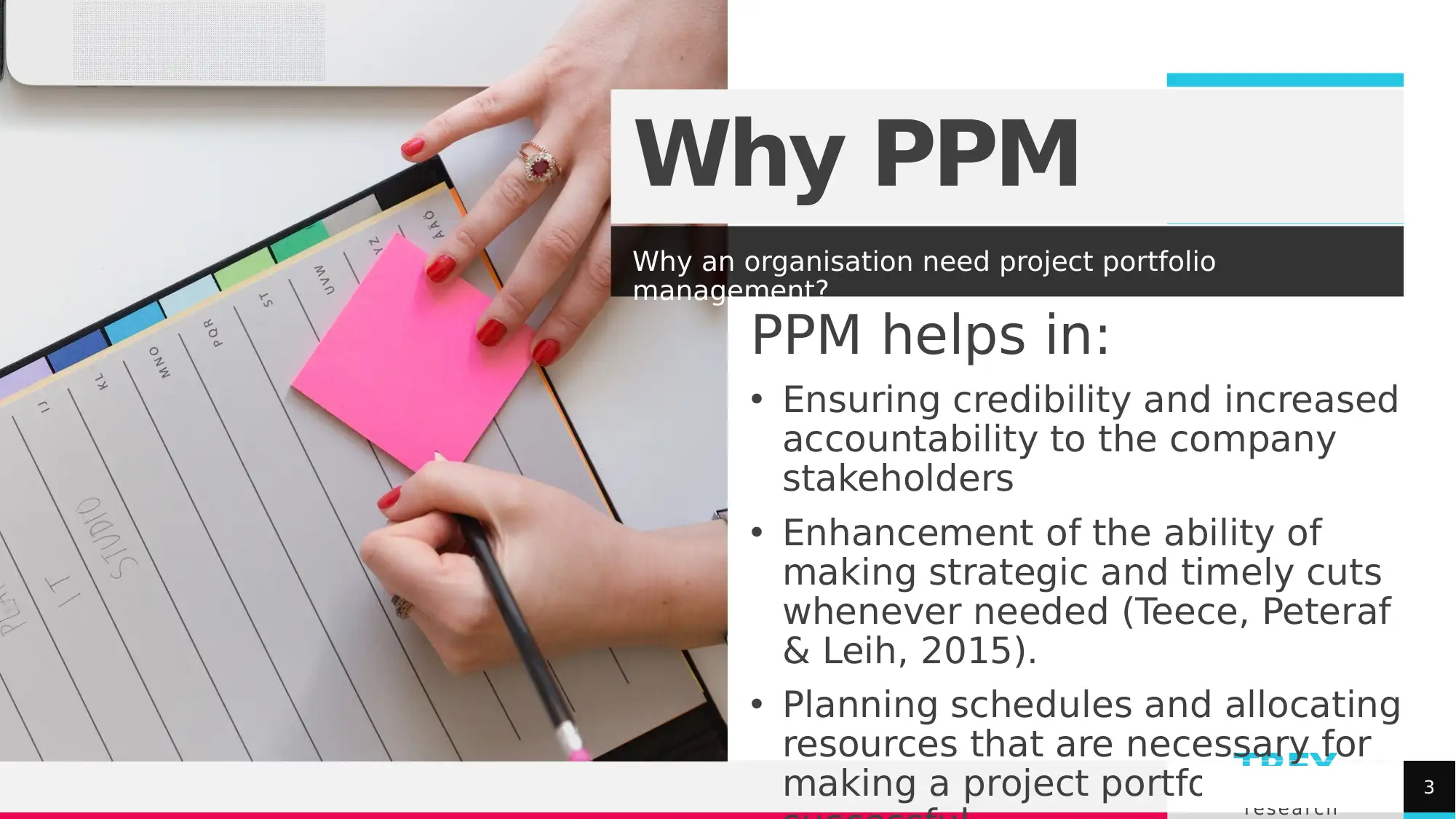
TREY
re s e a rc h
Why PPM
Why an organisation need project portfolio
management?
PPM helps in:
• Ensuring credibility and increased
accountability to the company
stakeholders
• Enhancement of the ability of
making strategic and timely cuts
whenever needed (Teece, Peteraf
& Leih, 2015).
• Planning schedules and allocating
resources that are necessary for
making a project portfolio 3
re s e a rc h
Why PPM
Why an organisation need project portfolio
management?
PPM helps in:
• Ensuring credibility and increased
accountability to the company
stakeholders
• Enhancement of the ability of
making strategic and timely cuts
whenever needed (Teece, Peteraf
& Leih, 2015).
• Planning schedules and allocating
resources that are necessary for
making a project portfolio 3
⊘ This is a preview!⊘
Do you want full access?
Subscribe today to unlock all pages.

Trusted by 1+ million students worldwide

TREY
re s e a rc h
How could be
change of managers
used for the
implementation of
PPM?4
re s e a rc h
How could be
change of managers
used for the
implementation of
PPM?4
Paraphrase This Document
Need a fresh take? Get an instant paraphrase of this document with our AI Paraphraser
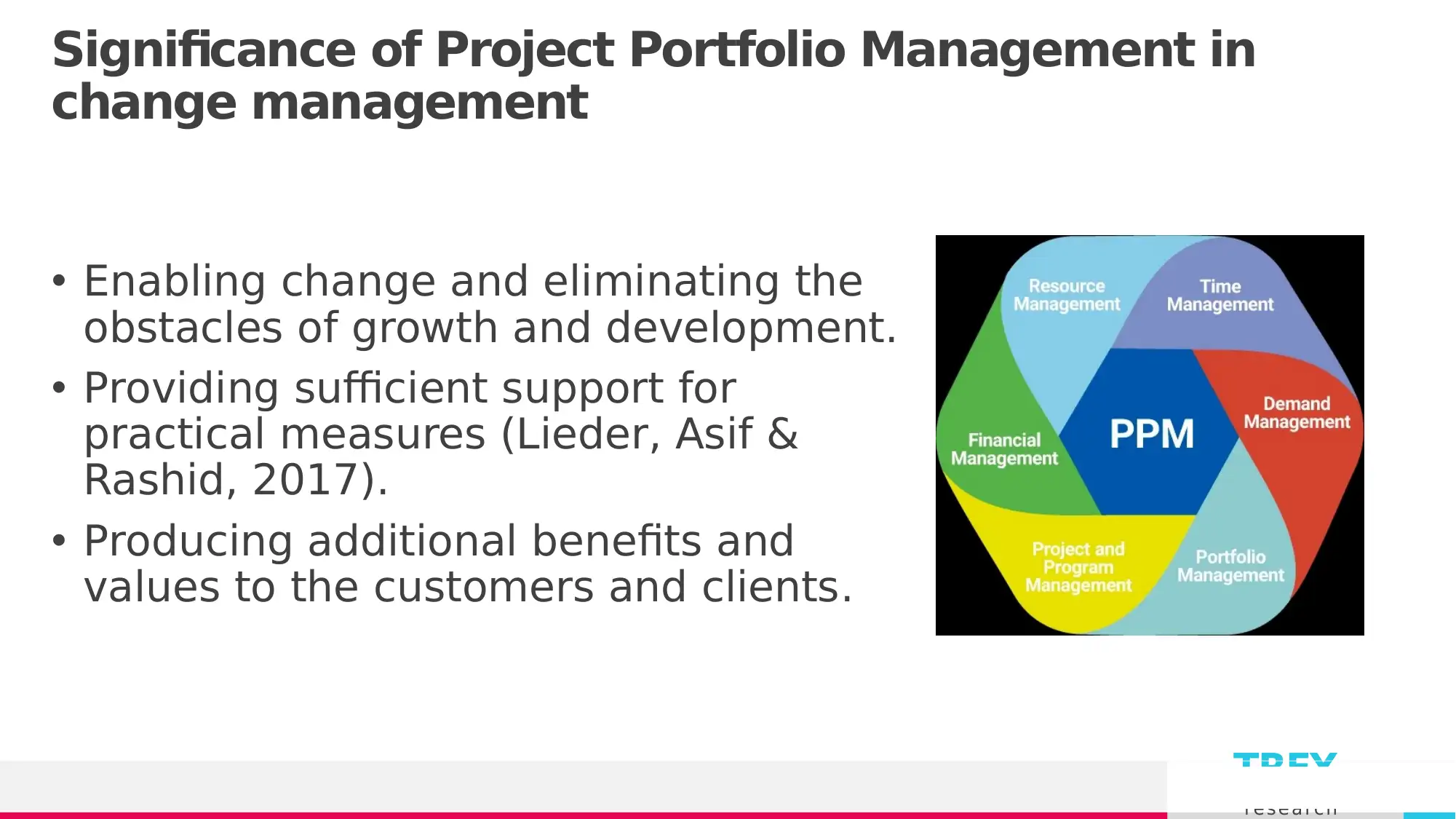
TREY
re s e a rc h
Significance of Project Portfolio Management in
change management
• Enabling change and eliminating the
obstacles of growth and development.
• Providing sufficient support for
practical measures (Lieder, Asif &
Rashid, 2017).
• Producing additional benefits and
values to the customers and clients.
re s e a rc h
Significance of Project Portfolio Management in
change management
• Enabling change and eliminating the
obstacles of growth and development.
• Providing sufficient support for
practical measures (Lieder, Asif &
Rashid, 2017).
• Producing additional benefits and
values to the customers and clients.
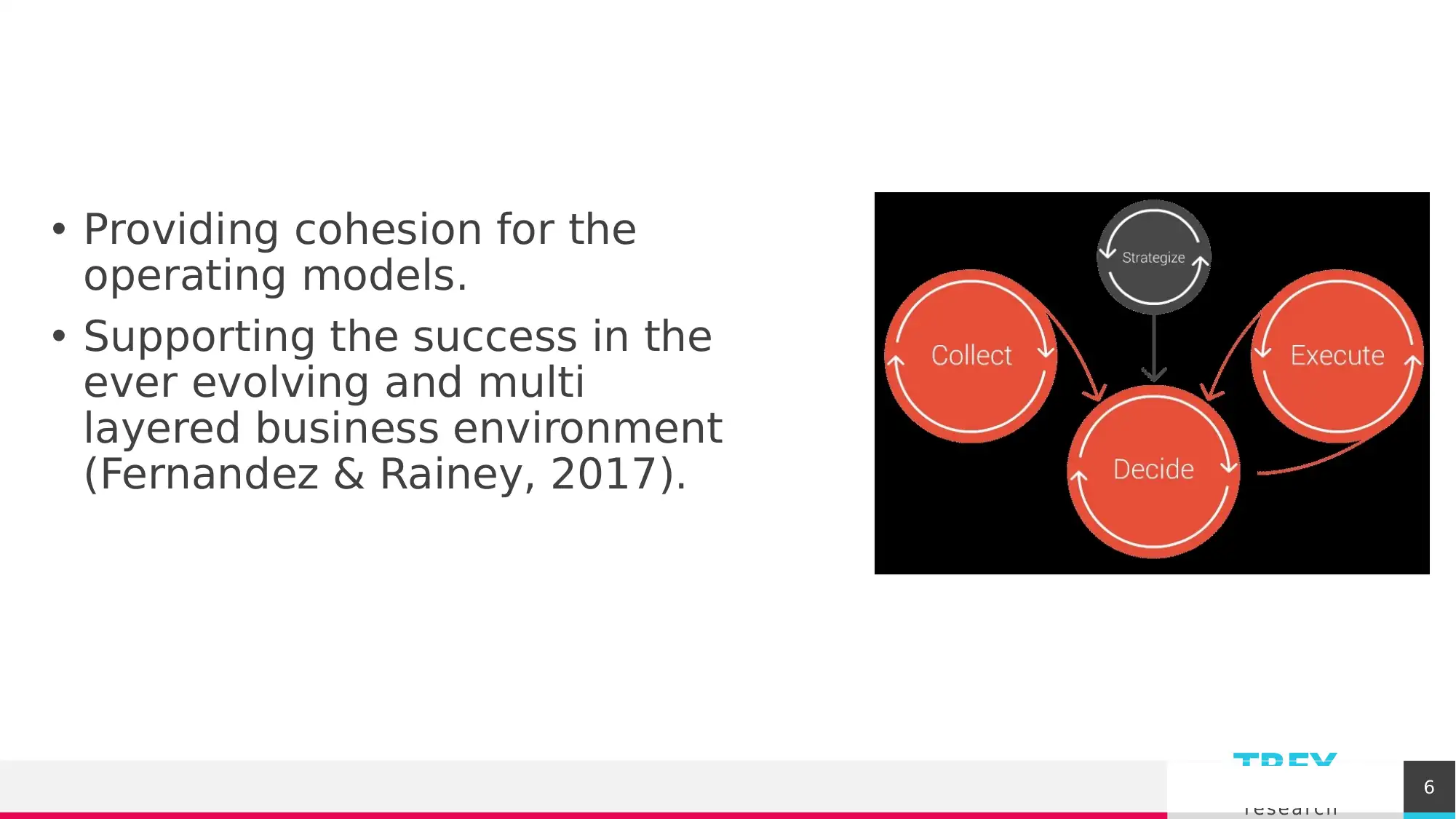
TREY
re s e a rc h
6
• Providing cohesion for the
operating models.
• Supporting the success in the
ever evolving and multi
layered business environment
(Fernandez & Rainey, 2017).
re s e a rc h
6
• Providing cohesion for the
operating models.
• Supporting the success in the
ever evolving and multi
layered business environment
(Fernandez & Rainey, 2017).
⊘ This is a preview!⊘
Do you want full access?
Subscribe today to unlock all pages.

Trusted by 1+ million students worldwide
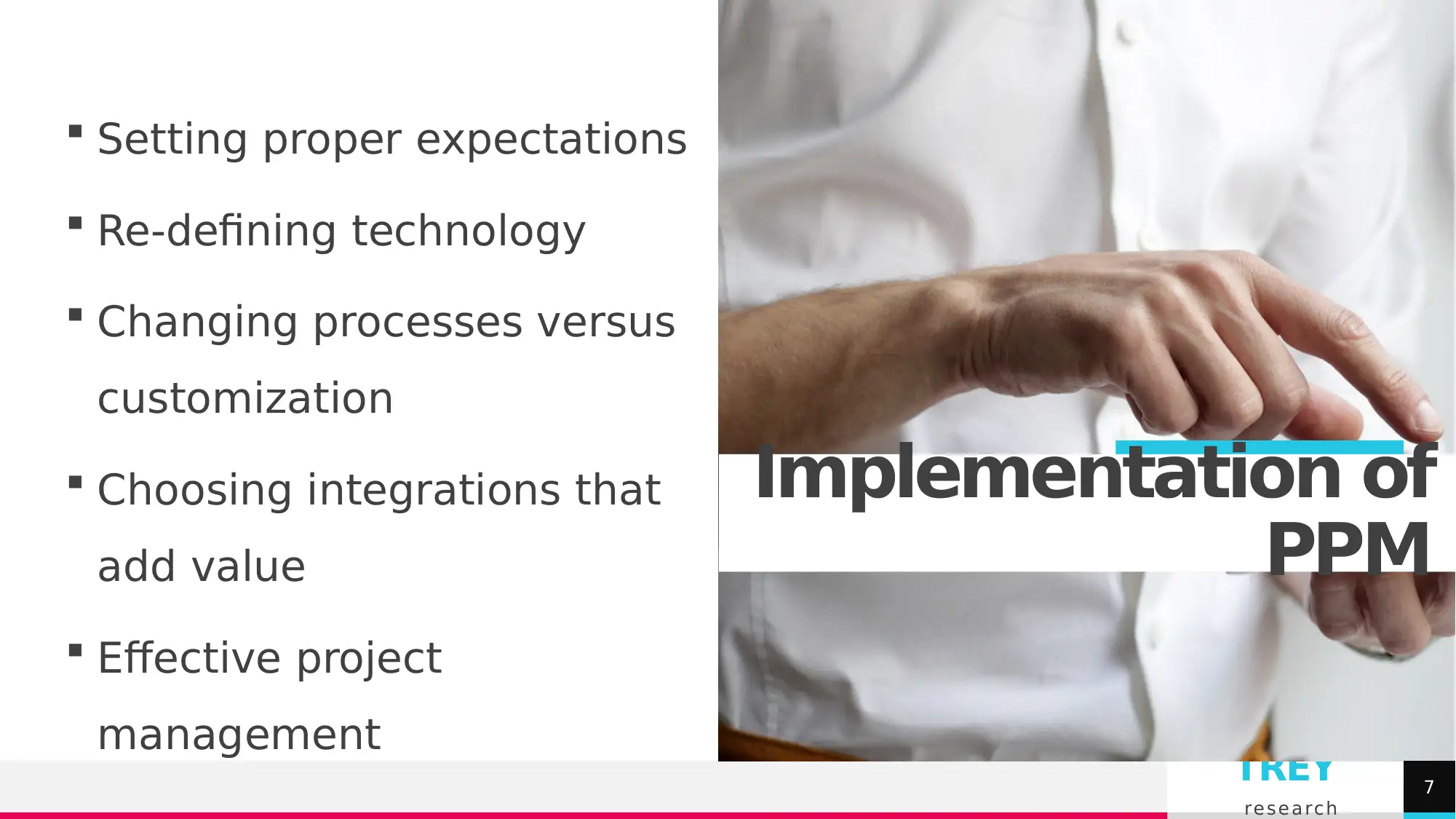
TREY
re s e a rc h
Implementation of
PPM
7
Setting proper expectations
Re-defining technology
Changing processes versus
customization
Choosing integrations that
add value
Effective project
management
re s e a rc h
Implementation of
PPM
7
Setting proper expectations
Re-defining technology
Changing processes versus
customization
Choosing integrations that
add value
Effective project
management
Paraphrase This Document
Need a fresh take? Get an instant paraphrase of this document with our AI Paraphraser
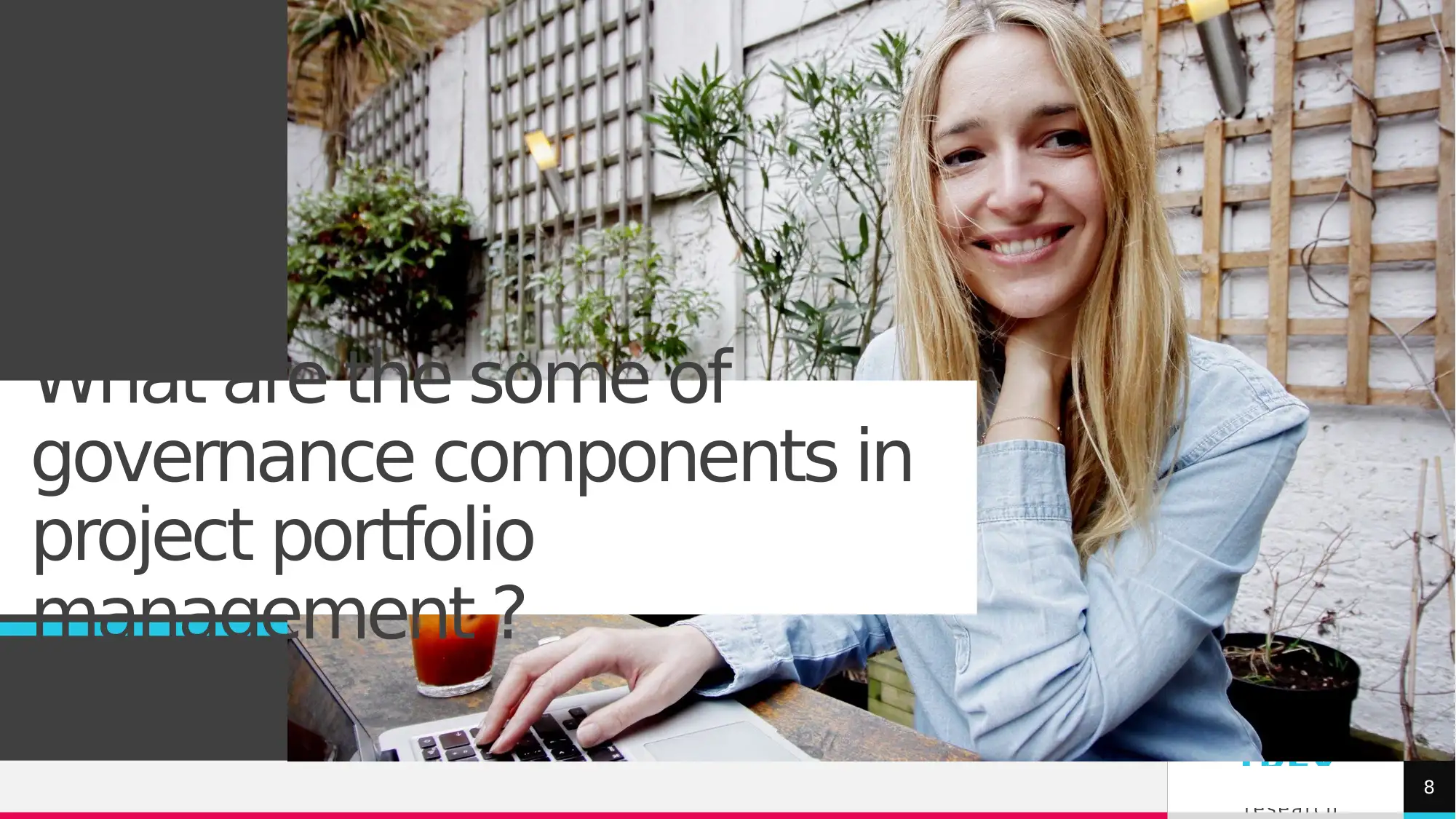
TREY
re s e a rc h
What are the some of
governance components in
project portfolio
management ?
8
re s e a rc h
What are the some of
governance components in
project portfolio
management ?
8
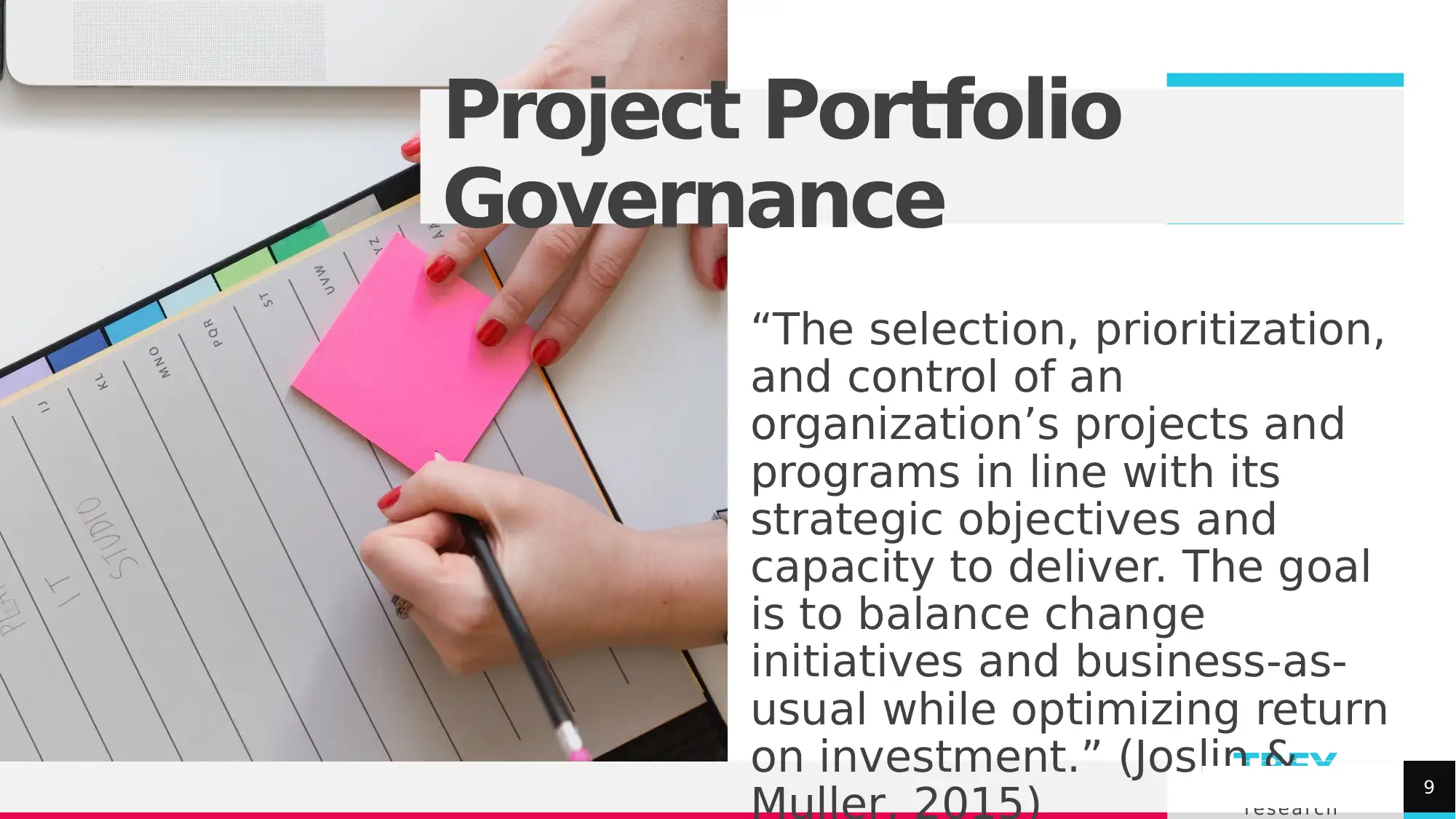
TREY
re s e a rc h
Project Portfolio
Governance
“The selection, prioritization,
and control of an
organization’s projects and
programs in line with its
strategic objectives and
capacity to deliver. The goal
is to balance change
initiatives and business-as-
usual while optimizing return
on investment.” (Joslin & 9
re s e a rc h
Project Portfolio
Governance
“The selection, prioritization,
and control of an
organization’s projects and
programs in line with its
strategic objectives and
capacity to deliver. The goal
is to balance change
initiatives and business-as-
usual while optimizing return
on investment.” (Joslin & 9
⊘ This is a preview!⊘
Do you want full access?
Subscribe today to unlock all pages.

Trusted by 1+ million students worldwide
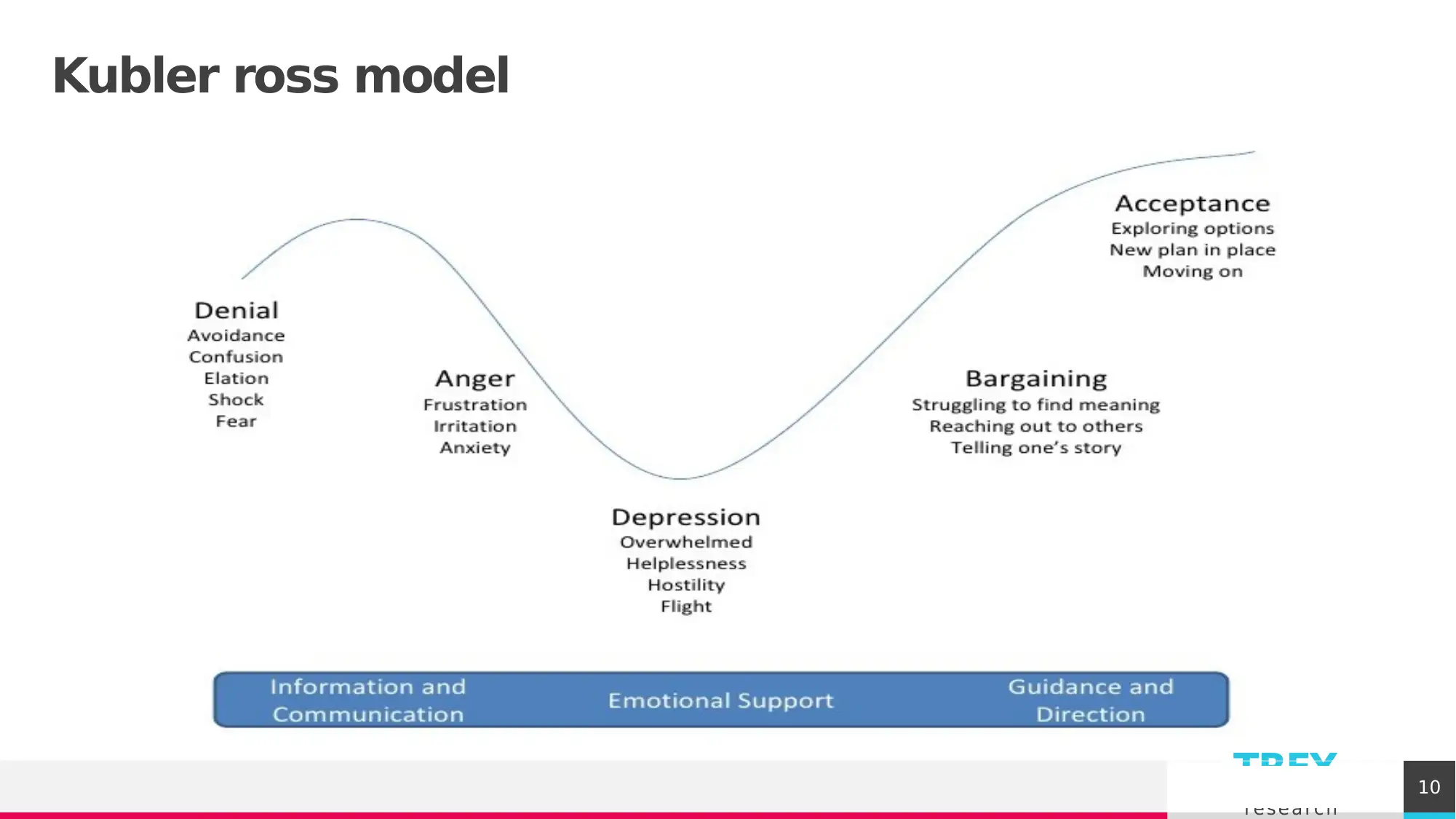
TREY
re s e a rc h
10
Kubler ross model
re s e a rc h
10
Kubler ross model
Paraphrase This Document
Need a fresh take? Get an instant paraphrase of this document with our AI Paraphraser
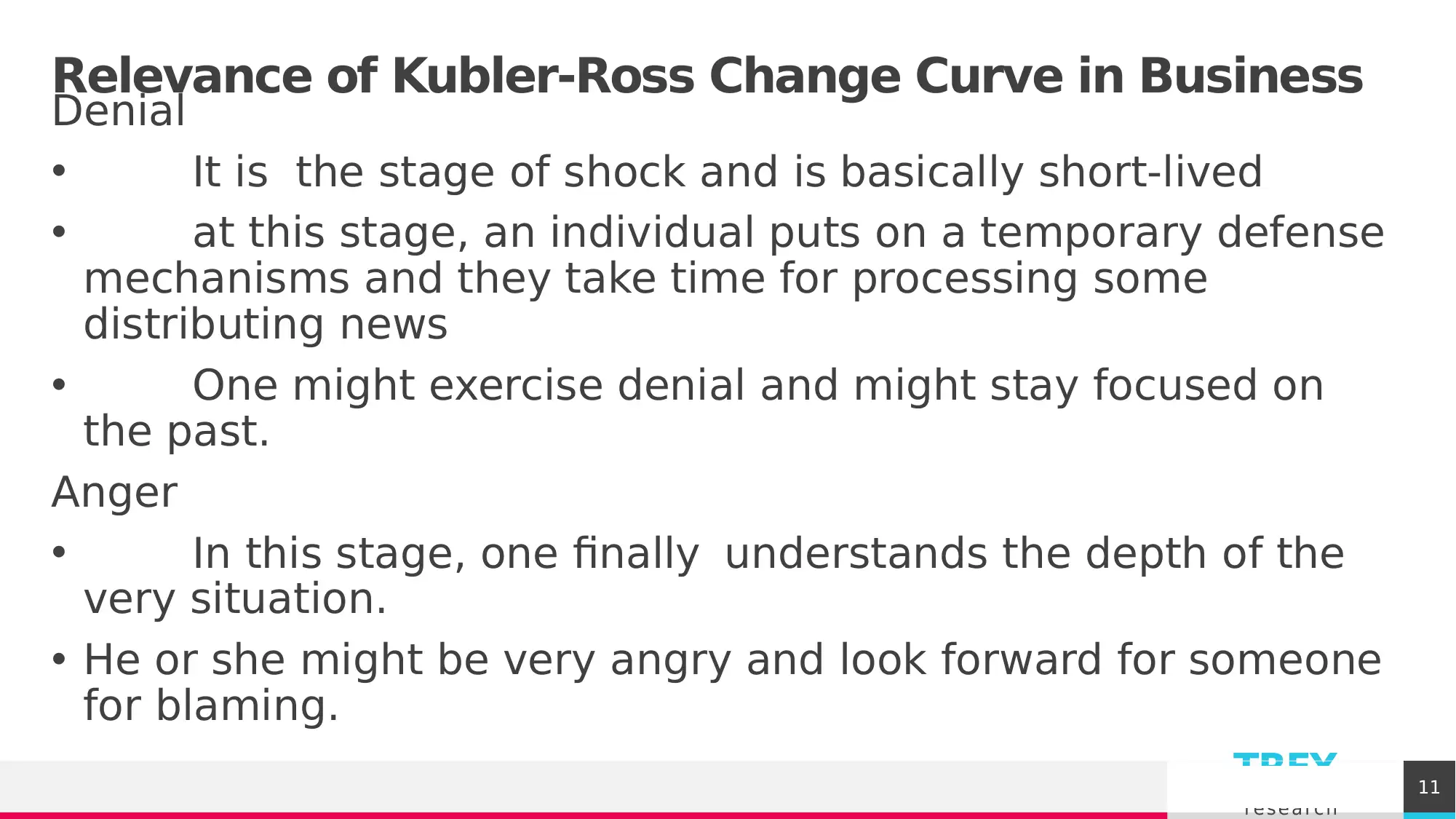
TREY
re s e a rc h
Relevance of Kubler-Ross Change Curve in Business
Denial
• It is the stage of shock and is basically short-lived
• at this stage, an individual puts on a temporary defense
mechanisms and they take time for processing some
distributing news
• One might exercise denial and might stay focused on
the past.
Anger
• In this stage, one finally “understands the depth of the
very situation.
• He or she might be very angry and look forward for someone
for blaming.”
11
re s e a rc h
Relevance of Kubler-Ross Change Curve in Business
Denial
• It is the stage of shock and is basically short-lived
• at this stage, an individual puts on a temporary defense
mechanisms and they take time for processing some
distributing news
• One might exercise denial and might stay focused on
the past.
Anger
• In this stage, one finally “understands the depth of the
very situation.
• He or she might be very angry and look forward for someone
for blaming.”
11
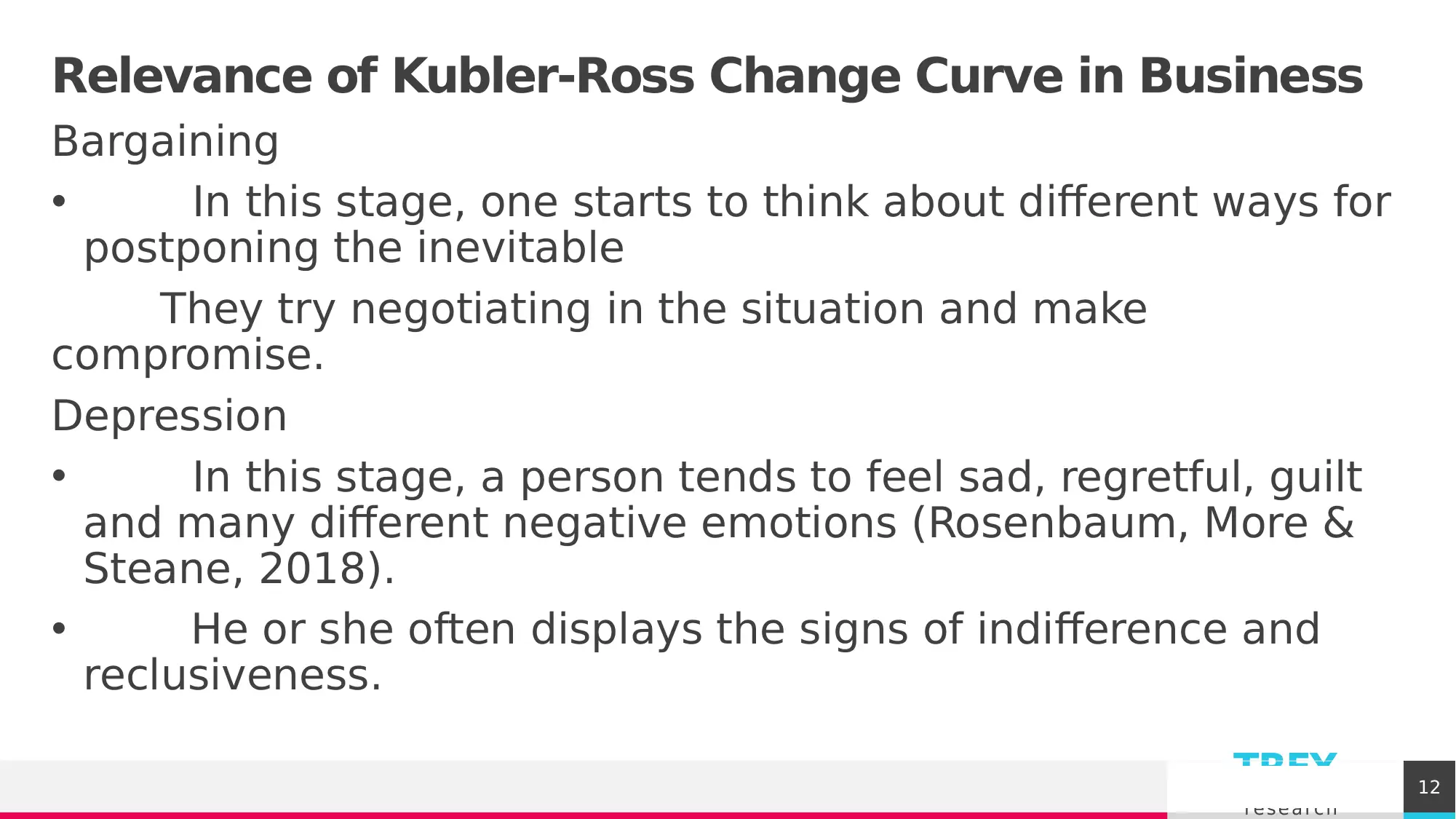
TREY
re s e a rc h
Relevance of Kubler-Ross Change Curve in Business
Bargaining
• In this stage, one starts to think about different ways for
postponing the inevitable
They try negotiating in the situation and make
compromise.
Depression
• In this stage, a person tends to feel sad, regretful, guilt
and many different negative emotions (Rosenbaum, More &
Steane, 2018).
• He or she often displays the signs of indifference and
reclusiveness.
12
re s e a rc h
Relevance of Kubler-Ross Change Curve in Business
Bargaining
• In this stage, one starts to think about different ways for
postponing the inevitable
They try negotiating in the situation and make
compromise.
Depression
• In this stage, a person tends to feel sad, regretful, guilt
and many different negative emotions (Rosenbaum, More &
Steane, 2018).
• He or she often displays the signs of indifference and
reclusiveness.
12
⊘ This is a preview!⊘
Do you want full access?
Subscribe today to unlock all pages.

Trusted by 1+ million students worldwide
1 out of 23
Related Documents
Your All-in-One AI-Powered Toolkit for Academic Success.
+13062052269
info@desklib.com
Available 24*7 on WhatsApp / Email
![[object Object]](/_next/static/media/star-bottom.7253800d.svg)
Unlock your academic potential
Copyright © 2020–2025 A2Z Services. All Rights Reserved. Developed and managed by ZUCOL.




